Sand is one of the most widely used construction materials in landscaping and building projects. It consists of tiny loose grains of rock and mineral particles that are formed through the weathering and decomposition of larger rocks.
When used in landscaping, sand serves several purposes. It provides a firm, stable base for patios, walkways and driveways. Sand is also used as a leveling material, filling in low spots and creating an even grade for projects.
In construction, sand acts as an aggregate material added to cement, concrete or asphalt mixtures as well as backfill and around pipes.
Different sizes and types of sand grains are used depending on the specific needs of the project which is what you will learn in this guide.
There are four main types of sand based on their origin:
Pit sand is extracted from sand pits where sand has formed by the disintegration of rocks in place. Pit sand tends to be coarse and angular in shape due to minimal transport and weathering.
River sand is collected from river beds and flood plains. It forms as rocks within the river basin weather and erode. River sand frequently is rounded and smooth because of the abrasive action of water transport. When buying river sand you can usually buy either a fine or coarse river sand
Beach sand originates from the erosion of coastal cliffs and rocks by the action of waves. As a result, beach sand is often very fine due to the grinding effect of waves. It is collected from beaches and the continental shelf.Types of beach sand sold at landscape supplier include playground Sand, Pool Filter Sand, Pit Sand, and washed Beach Sand.
Manufactured sand is an artificial substitute for river or sea sand, produced by crushing rock quarry material. It tends to have an angular, cubical shape and fairly uniform grain size distribution due to the mechanical crushing process. It lacks the rounding of natural sands. Types of manufactured sand include Crusher Dust, recycled crusher Dust from crushed bricks and tiles, Quartz dust, Rhyolite dust or decomposed grainte from crushed granite
Based on composition and grain characteristics, sand used for construction purposes is classified according to these four main origins to determine its suitability for a particular application.
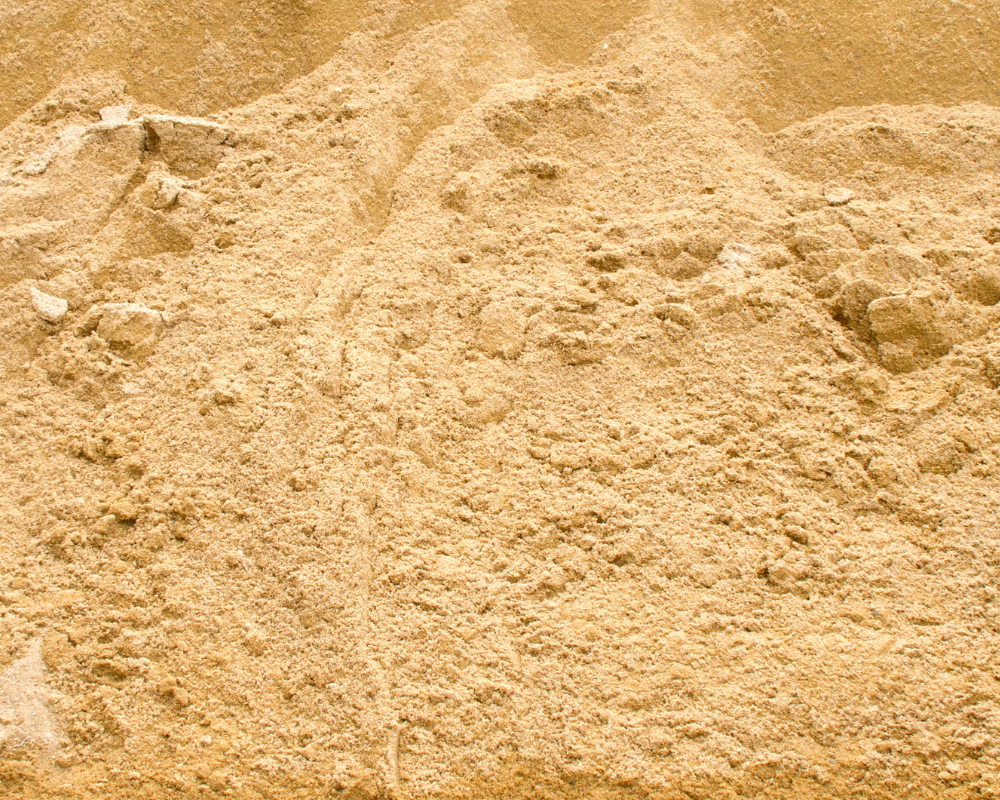
Washed sand, also called Concrete Sand is a type of sand that has been cleaned of impurities and other particles. Washed sand can be super-fine, fine, medium and coarse. It is created by washing natural sand until only the desired particle sizes remain. This cleaning process is important for construction applications as impurities in sand can affect the strength and performance of concrete, mortar and other materials.
Washed sand is commonly used in concrete and mortar mixes (hence the name concrete sand) as well as childrens playgrounds and under pavements. The washing process removes clay particles, organic matter, salts and other contaminants that can have negative effects. For example:
• Clay particles can expand when wet, weakening the bond between sand and cement in concrete.
• Organic matter like plant debris can decompose, leaving voids that weaken concrete over time.
• Salts can corrode steel reinforcement in concrete, shortening its lifespan.
Uses & Applications of fine washed sand:
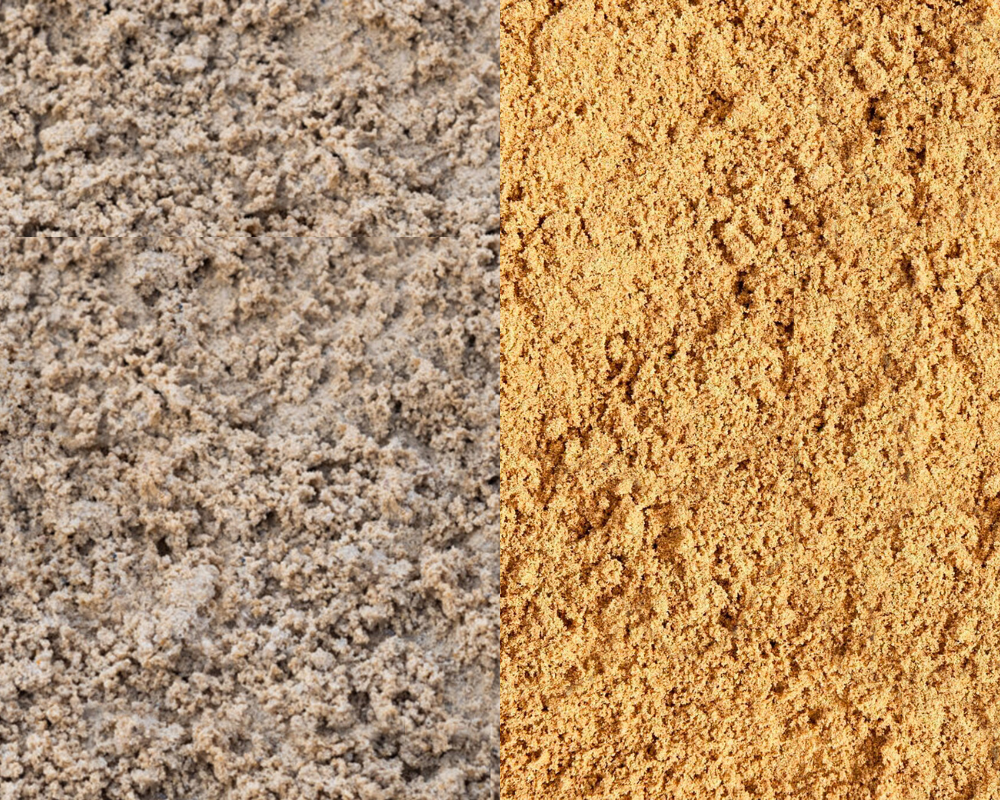
Brickies sand, also recognized as bricklayers sand, is a key ingredient in the construction industry, specifically tailored for bricklaying and block laying. This specialized sand comes in two distinct varieties: yellow brickies sand and white brickies sand.
Yellow brickies sand, owing to its higher clay content, exhibits excellent binding properties, making it an ideal choice for mortar in brick and block construction. It provides the necessary cohesion and strength required for robust structures.
In contrast, white brickies sand, with its lighter color and finer texture, is preferred for applications demanding a smoother finish, such as intricate brickwork. Both varieties play an indispensable role in achieving durability and aesthetic appeal in brick-based construction projects.

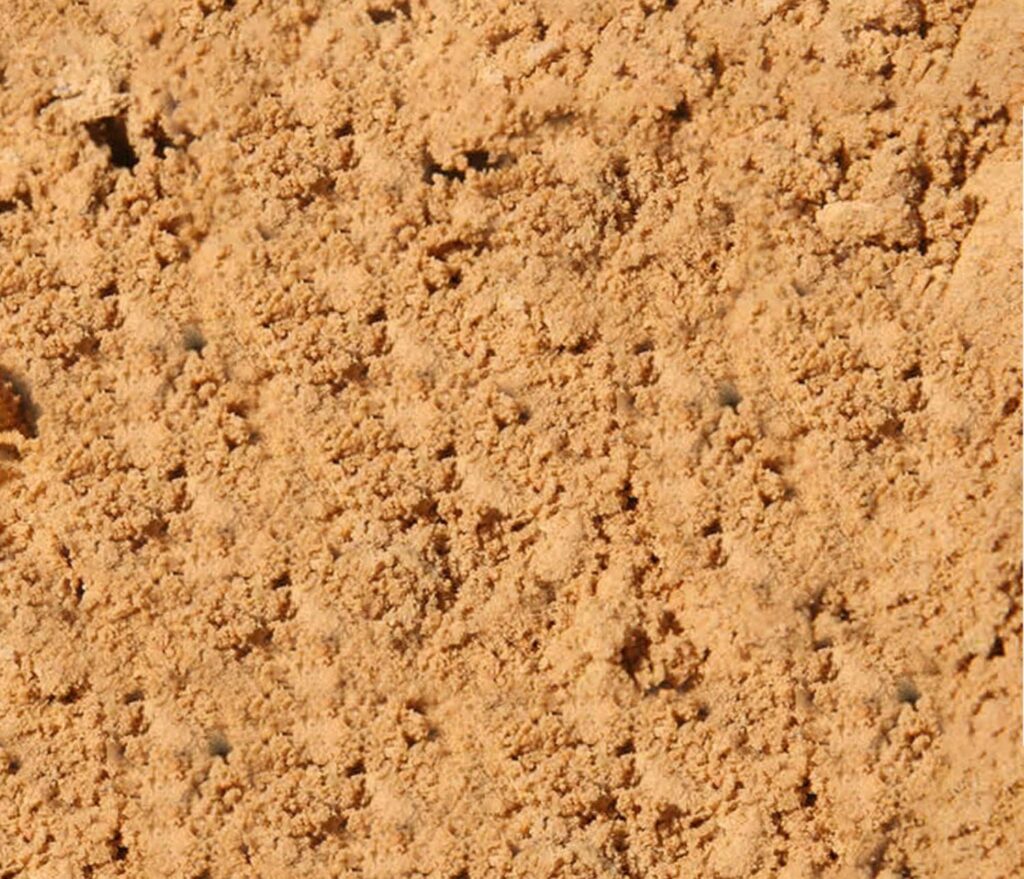
Filling sand in construction refers to and unscreened and unwashed sand that is used as a filler material behind walls, under floors and foundations, and around pipes and drains. Filling sand functions to provide support, drainage and stability in various areas. Fill sand emerges as a cost-effective solution for large-scale construction endeavors that demand efficient and rapid filling. Composed of coarse particles, fill sand is adept at quickly occupying voids and creating a level surface.
For use as filling sand, the sand particles should be well-graded and pass through a 4.75mm sieve. This ensures the sand is able to fill all voids when compacted. Filling sand particles are also typically rounded or semi-rounded in shape to allow for better compaction.
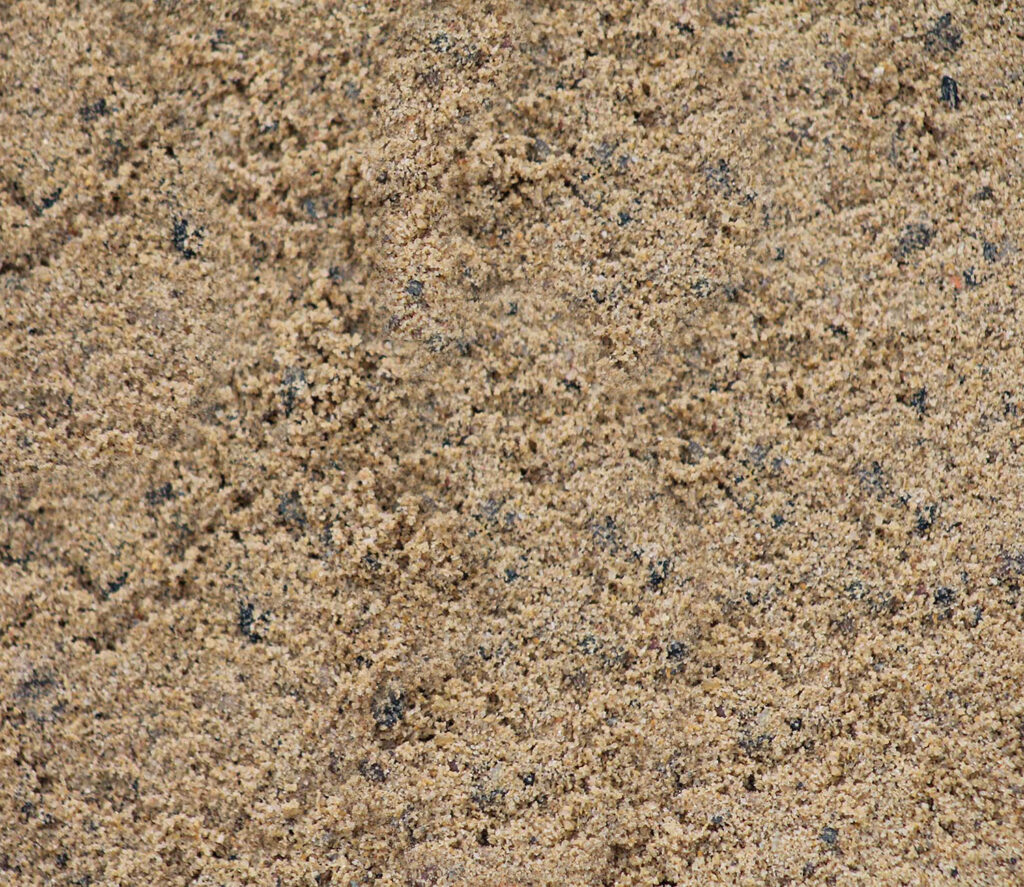
There are two main types of river sand used in Australia: fine and coarse.
Fine river sand has small, finely crushed particles that range in size from 0.1 to 0.5 millimeters. This type of sand is often used in concrete production and as bedding sand. Fine river sand makes strong concrete because the small particles fill in all the spaces between larger aggregates. It is also well-suited for uses that require a smooth finish, like plastering, tiling and mortar mixes.
Coarse river sand has larger particles that range from 0.5 to 2 millimeters in size. This sand is often used for drainage layers, as a base layer beneath driveways, pavers, pathways and patios, but also in concrete production. The larger particle size allows water to flow through the sand easily. Coarse river sand is also used for landscaping and gardening applications where good drainage is important, like around garden beds and beneath lawns.

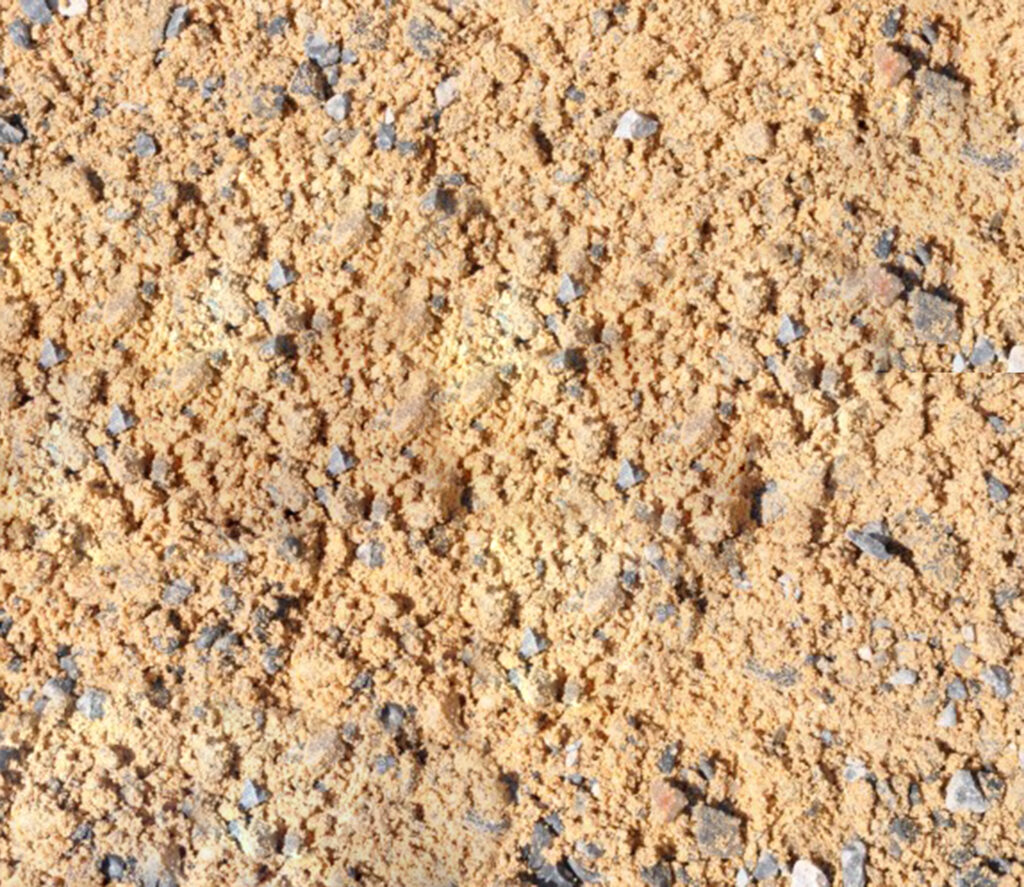
Sand and gravel mix, also called Core Fill or Concrete Mix, refers to a mixture of washed river sand and blue metal gravel in 50/50 proportions. This mixture is used for various purposes in construction.
Some main uses of sand and gravel mix in construction are:
Mixed with cement to make concrete
Core fill for retaining blocl or concrete block walls
For use in gully traps and other inground structures
There are several key differences between fine sand and coarse sand for use in construction in Australia. Fine sand typically refers to sand with particle sizes between 0.06 and 0.2 mm, while coarse sand has particles between 0.2 and 2.0 mm.
Fine sand tends to be smoother and more rounded, as the smaller particles have been transported and weathered more. It is often used in applications that require small, closely packed particles, like mortar, plaster, and concrete. Fine sand fills in the spaces between larger aggregate in concrete, helping to bind the mix together.
Coarse sand, on the other hand, has larger, less rounded particles. It is commonly used as bedding sand or drainage layers under foundations, slabs, and pavements. The larger particles leave more space between the grains, allowing for better drainage and flow of liquids. Coarse sand is also sometimes used in asphalt and in sand-based sports fields and playgrounds.
Fine sand, with smaller particles between 0.06 and 0.2 mm in diameter, has several key uses:
• As a setting bed for paving stones and tiles. The fine particles of sand fill in the gaps between pavers to secure them in place.
• In mortar and concrete mixes. Fine sand provides a smooth and workable mixture for bonding materials.
• As top dressing for gardens and planter beds. The fine particles allow water and air to pass through while retaining moisture for plant roots.
Coarse sand, with larger particles between 0.2 and 2 mm, is suitable for:
• Creating a base layer under concrete. The larger particles provide drainage and stability under flatwork like paths, driveways and slabs.
• Filling the gaps between interlocking concrete pavers. The coarse sand particles lock the pavers into a stable formation.
• Creating temporary paths and walkways. The larger sand particles provide a stable but permeable surface.
• As a base layer under flagstone and tiles. The coarse sand acts as a levelling layer and base to reduce shifting.
In summary, fine sand is well-suited for applications requiring close interlocking and smooth surfaces while coarse sand performs better in base layers and drainage roles due to its larger particle size.
With a simple screen layout and step by step ordering process, ordering sand supplies takes less than under 2 minutes
View and compare prices from nearby Suppliers up front so you can decide what’s best for you – distance, price or material quality
We embody precision. Our drivers have all the information they need to provide a top delivery service, and you get three delivery options
Sand stands as an unsung hero in the construction industry, playing a pivotal role in shaping the foundations, structures, and stability of buildings. Its unique properties make it an indispensable material for various construction applications.
Sand particles fill the voids between the coarse aggregates in concrete, helping to bind the mixture together. Finer sand results in stronger concrete. Sand acts as a filler to fill the gaps between the larger aggregates in concrete. The sand particles surround the larger aggregates and form a dense matrix when cement paste hardens. This increases the compressive strength and durability of concrete.
As bedding and surround for pipes during installation. Sand is used to provide cushioning, support, stability and drainage for pipes and sewer lines when they are laid. A layer of sand is placed below and around the pipes to distribute any loads and pressures evenly. The sand also allows for drainage and flow of any liquids away from the pipes.
A layer of compacted fine sand provides an even base for asphalt or concrete slabs, acting as a drainage layer to prevent waterlogging of the pavement. The graded sand layer distributes the loads from the pavement evenly to the underlying subgrade soil.
Sand is used as backfill material around foundations to provide support, stability and drainage. Well-graded and compacted sand filling around and under foundations transfers the foundation loads to the surrounding soil without causing settlement. The sand filling also allows water to drain away from the foundation.
Sand, with its versatile and textural qualities, becomes a transformative element in landscaping, contributing both function and aesthetic appeal to outdoor spaces.
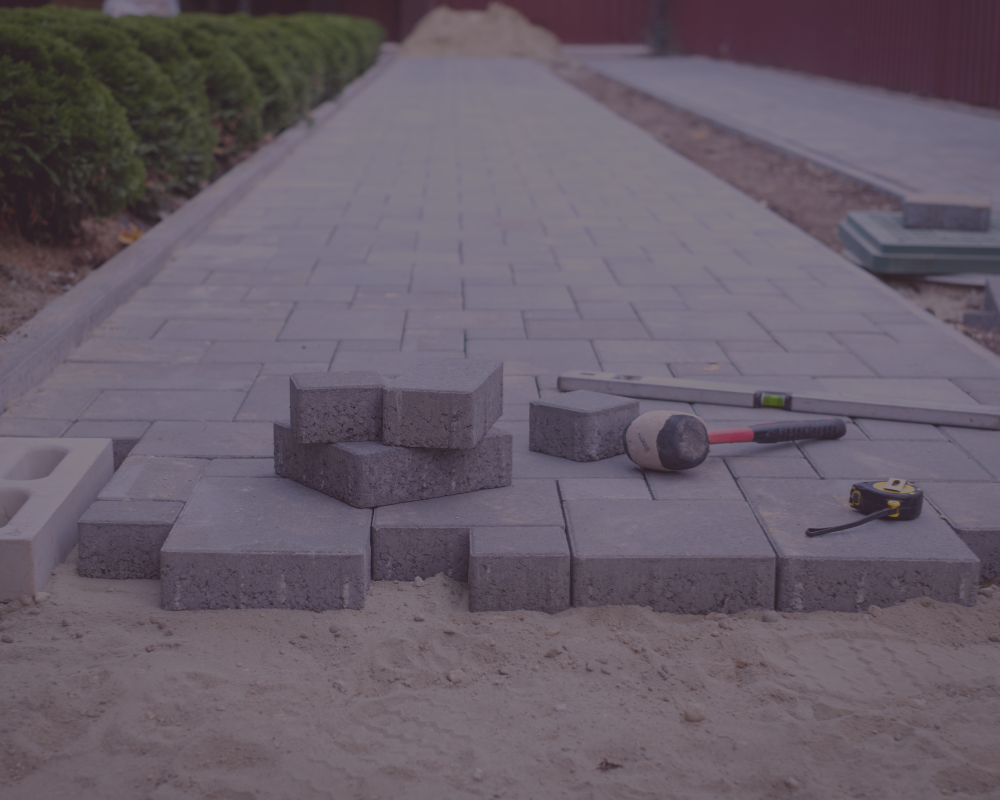
Sand takes center stage in paving projects, where it serves as a foundational material for various surfaces such as pathways, driveways, and patios. As a bedding material for pavers, sand ensures a level and stable base. This meticulous application not only supports the structural integrity of the paved area but also allows for proper drainage, preventing uneven settling and maintaining a visually pleasing surface. Sand is also used to fill the spaces between the pavers.

Sand is a crucial material for making pathways in both residential and commercial properties. Sand fills the gaps between paving stones or concrete slabs, providing stability and a level surface. Fine concrete sand is often used for pathways. It has a grain size between 0.15 and 0.5 inches, which allows it to compact well without leaving large voids. The sand helps drain excess water that seeps between the paver joints. This prevents ice buildup in colder climates and reduces mud tracking. Permeable sand also allows grass or groundcover to grow up through the joints.

Sand finds a role in lawn maintenance by contributing to soil improvement. When spread on lawns, sand aids in enhancing soil aeration and drainage. These benefits are particularly valuable in preventing waterlogging, promoting healthy root systems, and fostering lush, vibrant lawns. The application of sand becomes a part of a holistic approach to landscaping, ensuring not only visual appeal but also the vitality of the green spaces.
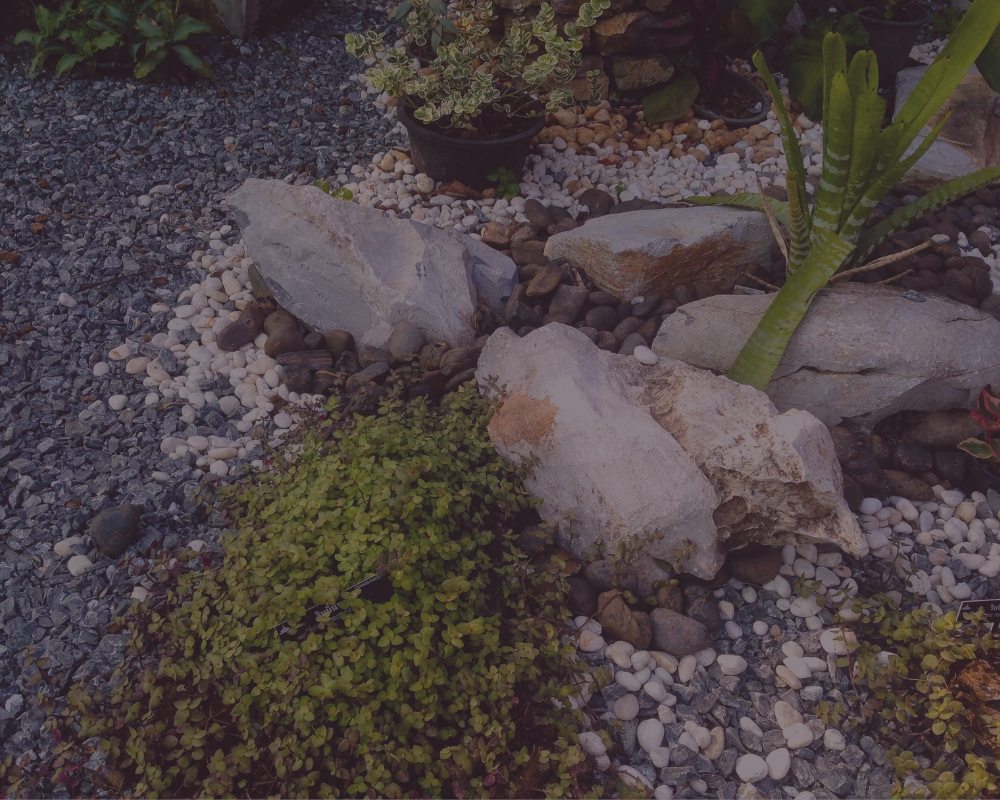
In more intricate landscaping designs, sand becomes a canvas for artistic expression. Rock gardens and Zen spaces often incorporate sand to create patterns, ripples, and textures. The fine grains of sand provide a soft backdrop against which rocks and stones can be arranged to evoke a sense of tranquility and balance. Sand is also used to stabilize rocks and stones and help with drainage. These contemplative landscapes showcase the aesthetic potential of sand in creating visually captivating outdoor environments.

Sand's versatility extends to recreational spaces, especially in the creation of play areas. Sandboxes, filled with clean and fine-grained play sand, offer a tactile and imaginative space for children.
The softness of the sand provides a safe surface for play, making it a popular choice for residential and public spaces alike.
Also don't forget sand plays a role in golf courses!
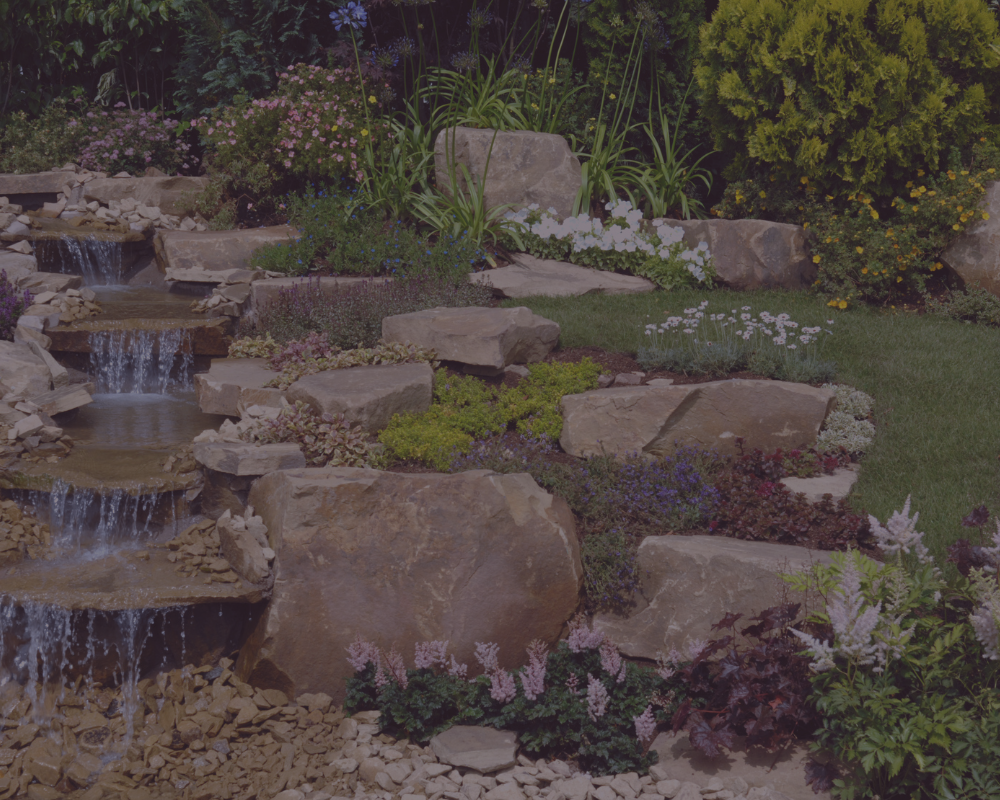
Sand is commonly used as a base material in water features like ponds, fountains and waterfalls. It acts as a filter medium, trapping organic debris while allowing water to pass through. The sand traps sediment, waste products and decaying plant material before they can cause water quality issues. It also provides a stable base for lining materials. Coarser sand is often used for fountains and waterfalls.
There are many benefits to getting sand delivered directly to your construction site through a reliable company like RUBBL. We ensure you get the right type and quantity of sand for your specific project needs. RUBBL can supply different grades of sand to match your requirements, including:
Concrete sand for building foundations, slabs and footings
Plaster sand for rendering and mortar mixes
Drainage sand for pipe bedding and backfilling
Fine sand for landscaping and topsoil applications
Our delivery vehicles can access even tight construction sites. You can snap a pic of where you want the sand unloaded. Our drivers are experienced operators who can efficiently and carefully unload the sand.
RUBBL has three effective delivery options to suit all your landscaping needs, as well as vehicle tracking and paperless invoicing.
To make concrete in Australia, you'll want to use washed sand. You have a choice between fine or coarse washed sand. Experts recommend fine washed sand, also called concrete sand, for the best results.
Fine sand has particles that are well-graded and mostly between 0.15 and 0.5 mm in size. This fine particle size allows it to thoroughly coat the aggregates and cement during mixing, helping to produce a dense, strong concrete mix. The fine sand also helps fill voids between larger aggregates, contributing to the strength and durability of the cured concrete.
While fine sand is typically preferred for making concrete, coarse sand can also be used in some concrete applications. Coarser sand results in a more porous concrete mix that is not as strong, so fine sand is still the standard for most concrete work. However, coarse sand concrete has some advantages in certain situations:
Permeability: Coarse sand concrete is more permeable, allowing water and air to pass through it more easily. This can be beneficial for non-structural applications like sidewalks, driveways and basement floors that need some drainage.
Workability: Coarse sand concrete tends to be easier to work with since the larger particles make it less cohesive. This makes it easier to place and finish, especially for thinner concrete sections.
Cost: Coarse sand concrete often costs less since coarse sand is cheaper and less material is required to fill the larger voids.
For paving projects, it's recommended to use a well-graded sand with a coarse texture, such as coarse river sand, and in some cases crusher dust. The coarse texture provides a stable and level base for the pavers, supporting structural integrity and facilitating proper drainage. Crusher dust is not always recommended becuase it can stain the pavers, so if thats not an issue for you then crusher dust is also a great bedding material
The clay content in brickies sand, particularly in yellow brickies sand, enhances its binding properties, making it an excellent choice for mortar in brick and block construction. White brickies sand, with a finer texture, is preferred for applications requiring a smoother finish.
Yes, fill sand is versatile and can be used for various large-scale construction projects beyond filling voids. It is commonly employed in trench filling, foundational support, and other scenarios where quick and cost-effective filling is essential.
Coarse river sand, with its gritty texture, is ideal for drainage systems. It promotes efficient water runoff, preventing waterlogging in soil. Additionally, it is often used as a base material for pavers and tiles, providing a solid foundation for surface elements.
When spread on lawns, sand aids in soil aeration and drainage, preventing waterlogging and promoting healthy root systems. This application is valuable for maintaining lush, vibrant lawns and is part of a holistic approach to landscaping.
The key properties are the particle size, availability and drainage characteristics. The specific particle size distribution and compaction of the sand determine which construction use it is suitable for, such as concrete sand, plaster sand or drainage sand.
The amount of sand needed for leveling depends on the area to cover and desired depth of sand. Measure the length, width and depth required for the area. Then multiply length x width x depth in metres to get cubic metre of sand needed.




RUBBL enables the ordering of your bulk materials to be efficient & effortless by digitizing the entire process. The App connects Building Contractors, Suppliers and Transporters to create a reliable and rapid way to receive your sand, stone, gravel and mulch.
Servicing the Greater Newcastle Region